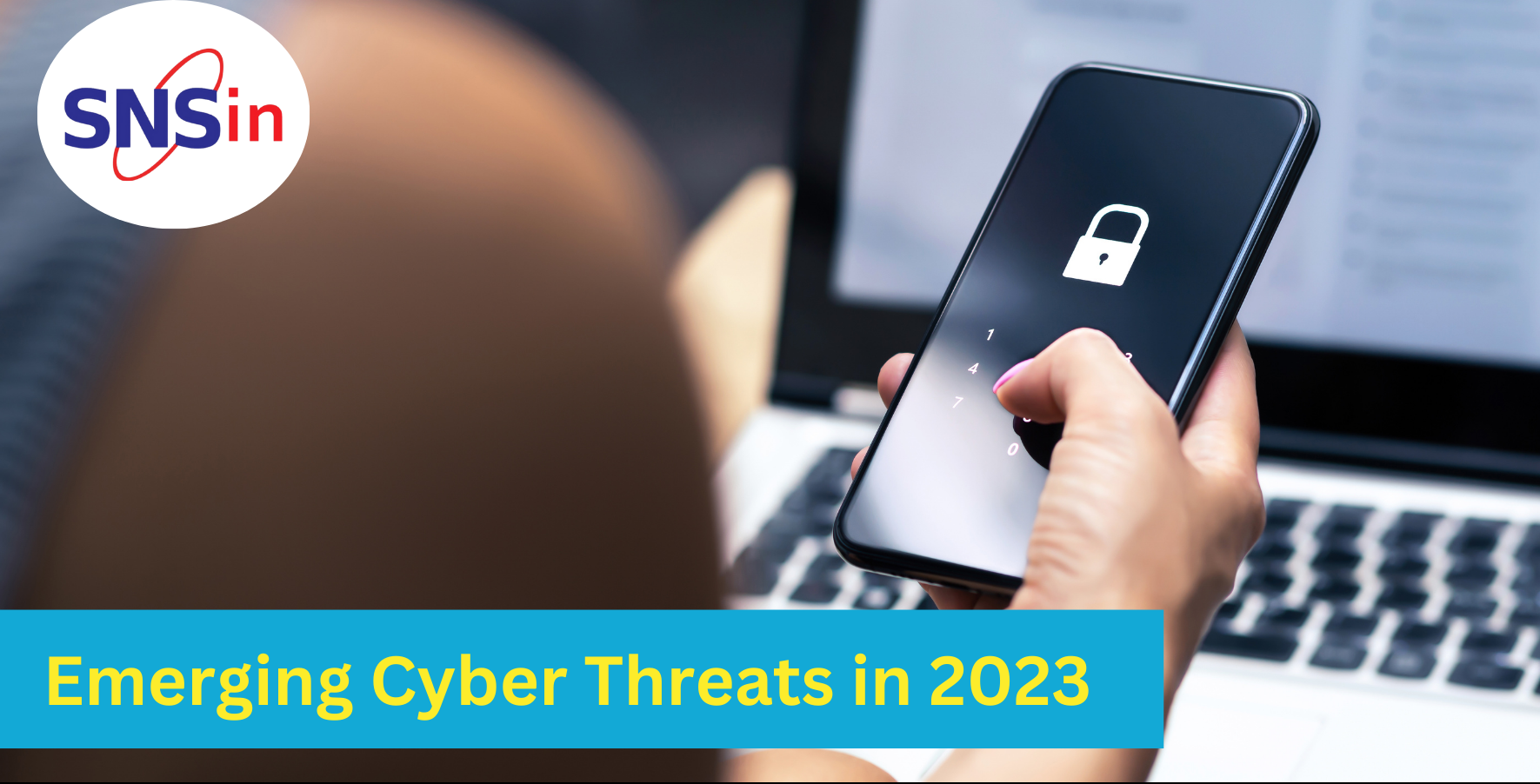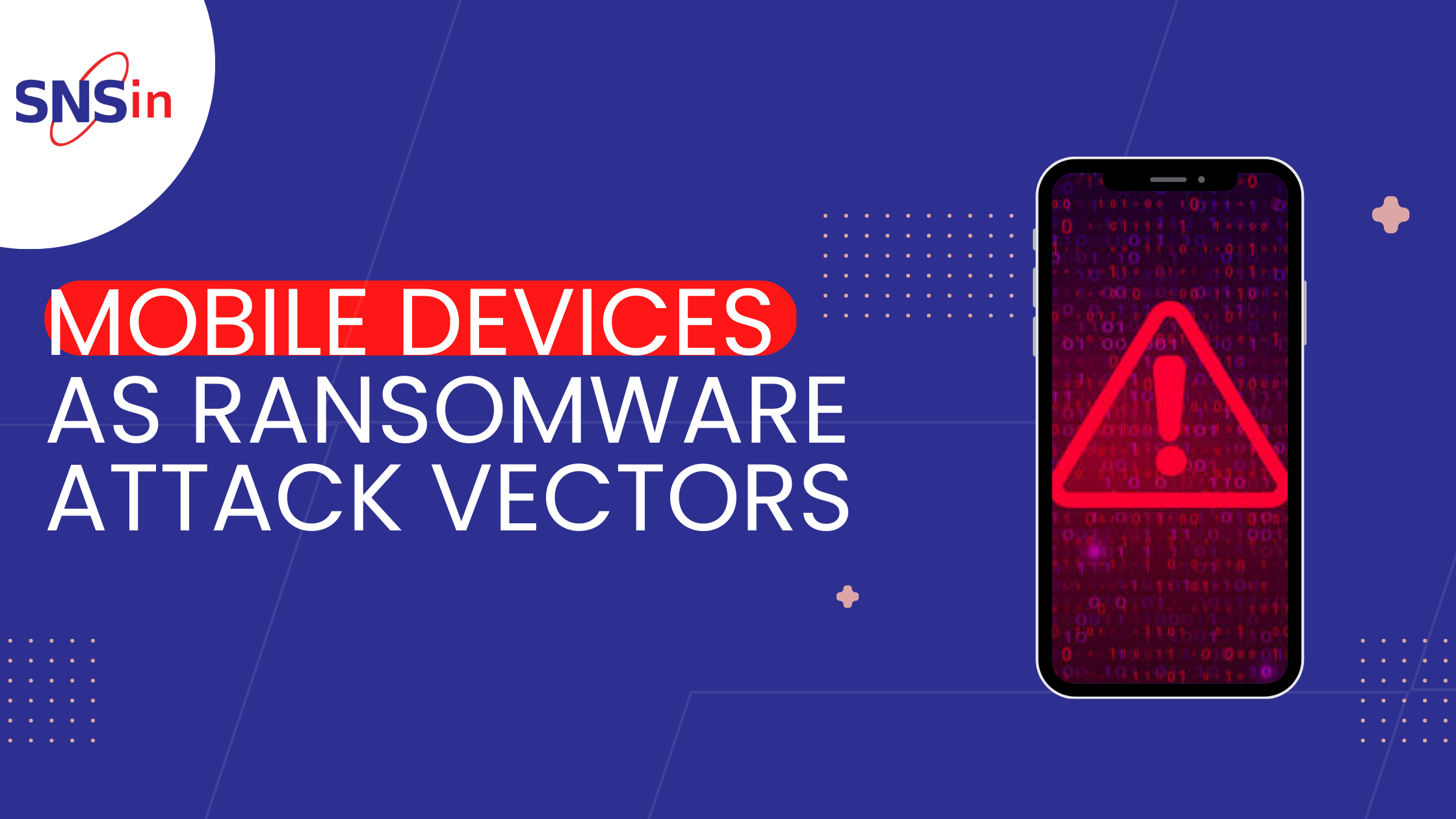Artificial Intelligence-driven Attacks An alarming trend in recent years has been cyber criminals’ increasing adoption of AI. By harnessing AI algorithms, adversaries can automate attacks, adapt techniques, and exploit vulnerabilities. Hackers do this with unprecedented speed and efficiency. AI-powered attacks pose a significant concern. They have the capability to amplify the effectiveness of cyber threats. A notable example is the emergence of deep fakes. It manipulates media content, deceiving individuals, and public opinion.
Internet of Things (IoT) Vulnerabilities
The rapid proliferation of interconnected devices in our lives has given rise to the IoT. The security measures on IoT devices have struggled to keep pace with their rapid growth. This has resulted in an increasing number of vulnerabilities. Hackers exploit security protocols, easy passwords, and unpatched systems to gain access. Once compromised, they serve as launching pads for various malicious activities. These may include distributed DDoS attacks and data breaches.Ransomware and Extortion Attacks
Ransomware attacks have evolved into a profitable criminal enterprise. In 2023, we witness a surge in targeted ransomware attacks on organizations of all sizes. These attacks involve encrypting critical data and extorting a ransom for its release. And hackers’ resort to leaking sensitive information if the ransom is not paid. The availability of ransomware-as-a-service (RaaS) on the dark web lowered the entry barrier. Thus, enabling even novice cyber attackers to execute sophisticated campaigns.Supply Chain Attacks
Supply chain attacks have emerged as a prevalent and disruptive threat vector. By compromising trusted vendors, attackers gain access to a wide range of targets. They even include high-value organizations. The SolarWinds incident in 2020 serves as a prime example. Many organizations fell victim to the insertion of malicious code in software updates. In 2023, supply chain attacks continue to evolve. This necessitates stringent security measures throughout the entire software development and distribution chain.Cloud Security Risks
Cloud computing has revolutionized business operations, offering scalability, flexibility, and cost-effectiveness. But migrating sensitive data and critical infrastructure introduces new cloud security challenges. Misconfigurations, inadequate access controls, or insecure APIs could lead to data breaches. They could also leverage unauthorized access to cloud resources. With growing cloud adoption, ensuring robust security practices and continuous monitoring becomes imperative.Quantum Computing Threats
Quantum computing holds tremendous potential for scientific advancements and technological breakthroughs. It also poses significant risks to traditional cryptographic systems. Quantum computers’ computing capability has the potential to render present encryption techniques obsolete. Thus, jeopardizing the confidentiality and integrity of sensitive information. So, developing quantum-resistant encryption methods becomes critical to ensure long-term security.Mitigating the Risks
Organizations must focus on proactive security measures to combat rising cyber threats. Let us see a few measures to consider:Continuous Education and Training
Staying updated on the latest cyber threats and best practices is crucial. Organizations should invest in regular training programs to enhance cybersecurity awareness among employees.Robust Security Infrastructure
Implementing multi-layered security solutions can reduce the risk of attacks. Certain basic security implementations include firewalls, intrusion prevention systems, email security , web security and endpoint protection. Advanced security implementation may include data leakage prevention (DLP), web application firewall (WAF ), DDoS prevention, multiple factor authentication (MFA), SIEM , application code security , API security , segmentation , zero trust network (ZTNA), regular VA/PT etc.Regular Software Patching
Keeping software and firmware up to date is essential. It aids in addressing known vulnerabilities that attackers might exploit.Secure Development Practices
To identify and mitigate vulnerabilities during the SDLC stage, it is imperative to:- adopt secure coding practices,
- conduct rigorous code reviews, and
- performing penetration testing
Strong Authentication Mechanisms
Implementing 2FA or MFA adds an extra dual layer of security. It helps to prevent unauthorized access to critical accounts.Incident Response Planning (IRP)
Developing and testing an IRP enables organizations to respond to cyber incidents. It also minimizes the impact on operations and data.Choose a good Security Partner
A good security partner can help choose the right solution best suited for a particular environment, also help implement & support it. Make a trusted security partner part of your eco-system.Conclusion
The cybersecurity landscape must adapt to the evolving threats. The emerging cyber threats in 2023 demand vigilance, resilience, and collaboration among organizations. Organizations must stay informed and install robust security measures. They can also foster a culture of cybersecurity, creating a safer digital environment. Collaborate with Security Partner – Secure Network Solutions (SNS) India for robust Cybersecurity Solutions, Support & Implementation. For queries/requirements to share, please write to us at: [email protected]. ![]()




